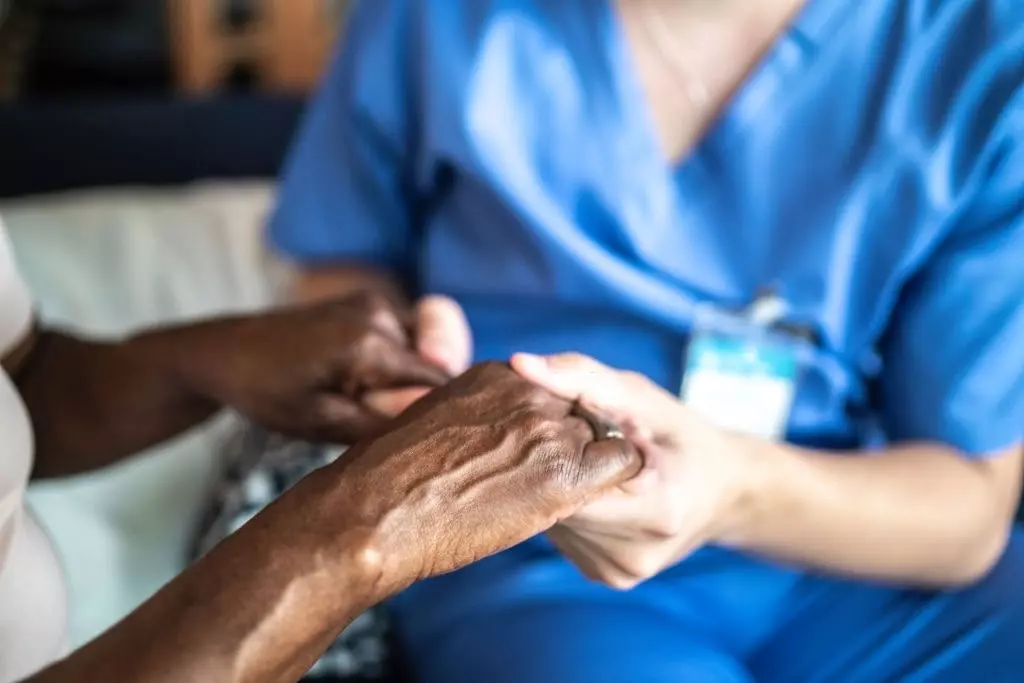Parkinson’s Disease is a nervous system disorder that causes you to lose control of your movements. The disease typically begins slowly and progresses over time. You may tremble, have muscle stiffness, and have difficulty walking and keeping your balance and coordination if you have Parkinson’s disease. As the condition progresses, you may encounter difficulty speaking, sleeping, thinking and memory issues, behavioural changes, and other symptoms.
In this article, Dr Gurneet Shawney who is one of the best neurosurgeons in India will discuss everything you need to know about Parkinson’s disease.
What are the Signs and Symptoms of Parkinson’s?
The signs and symptoms of Parkinson’s disease, as well as the rate at which it progresses, differ greatly from person to person. According to the neurologists in India, the following are the most common signs and symptoms:
- Tremor: Shaking starts with the hands and arms. It can also affect your jaw or your foot. Only one side of your body or one leg is usually afflicted in the early stages of the disease. Tremor may become more widespread as the condition advances. It gets worse when you’re stressed. The tremor usually goes away when you sleep or move your arm or leg.
- Slowness of movement (bradykinesia): This is a slowing of movement caused by your brain’s slowness in relaying necessary instructions to the appropriate portions of your body. This symptom is unpredictably severe and can soon become incapacitating. You could be able to move around freely one minute and then need assistance getting dressed, bathing, or getting out of a chair the next. It’s possible that you’ll even drag your feet as you walk.
- Muscles that are rigid and limbs that are stiff: The inability of your muscles to relax naturally is known as rigidity. This rigidity is produced by uncontrollable muscle tenseness, which prevents you from moving about easily. Aches and pains in the afflicted muscles may occur, and your range of motion may be restricted.
- Unsteady gait, as well as balance and coordination issues: When you’re bumped, you might develop a forward lean that makes you more prone to tumble. You might take short, shuffling steps, have trouble beginning and stopping, and not swing your arms naturally when walking. When you try to take a step, you may feel as if your feet are stuck to the floor.
- Twisting muscles, spasms, or cramps (dystonia). A severe cramp in your foot or curled and clinched toes are possible symptoms. Dystonia can affect any portion of the body.
Parkinson’s disease Causes
When nerve cells (neurons) in the substantia nigra of the brain become damaged or die, Parkinson’s disease develops. These cells ordinarily generate dopamine, a chemical (neurotransmitter) that assists brain cells in communicating (transmitting impulses, or “messages,” between brain areas).
These nerve cells produce less dopamine when they are damaged or die. Dopamine is particularly vital for the activity of the basal ganglia, another part of the brain. The brain’s commands for body movement are organized in this part of the brain. Parkinson’s disease patients’ movement symptoms are caused by a lack of dopamine.
Another neurotransmitter called norepinephrine is also lost in those with Parkinson’s disease. This molecule is required for the sympathetic nervous system to operate properly. Some of the body’s autonomic activities, such as digestion, heart rate, blood pressure, and breathing, are controlled by this system. Some of the non-movement-related symptoms of Parkinson’s disease are caused by a lack of norepinephrine.
However, scientists still don’t know what kills the neurons that make these neurotransmitter molecules.
What lifestyle adjustments can I do to help with the symptoms of Parkinson’s disease?
Muscle strength, balance, coordination, flexibility, and tremor can all be improved with exercise. It’s also thought to help with remembering, thinking, reducing the chance of falling, and lowering anxiety and despair. In one research of people with Parkinson’s disease, 2.5 hours of exercise per week resulted in increased mobility and a slower loss in quality of life when compared to those who didn’t exercise or started later in their disease.
Strengthening or resistance training, stretching activities, or aerobics are some of the workouts to explore (running, walking, dancing). Exercise of any kind is beneficial.
Eat a nutritious, well-balanced diet: This is not only important for your overall health, but it can also help with non-movement related Parkinson’s symptoms like constipation. Constipation can be relieved by eating meals high in fiber. One example of a healthy diet is the Mediterranean diet.
Fall prevention and balance maintenance: Falls are a common side effect of Parkinson’s disease. While there are numerous ways to lower your risk of falling, the two most crucial are: 1) working with your doctor to verify that your treatments — whether medications or deep brain stimulation — are effective, and 2) consulting with a physical therapist to examine your walking and balance. When it comes to recommending assistive equipment or exercise to promote safety and prevent falls, the physical therapist is the authority.








